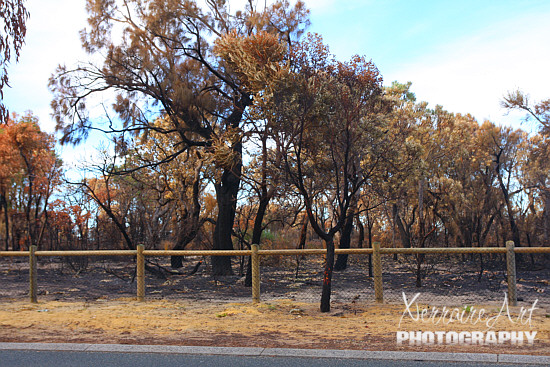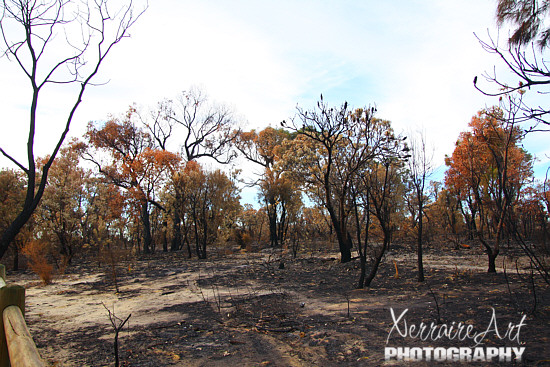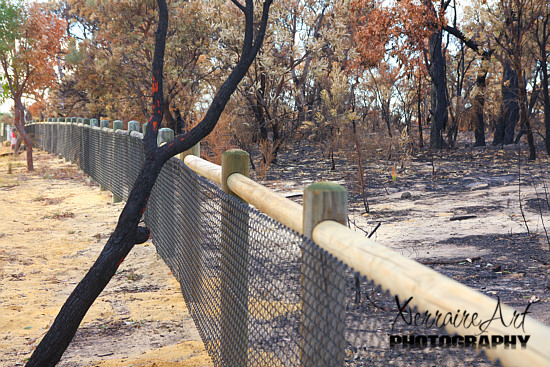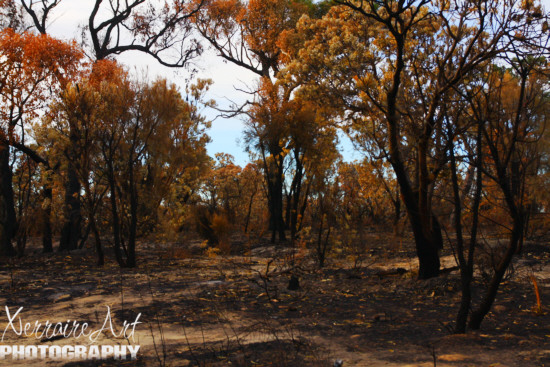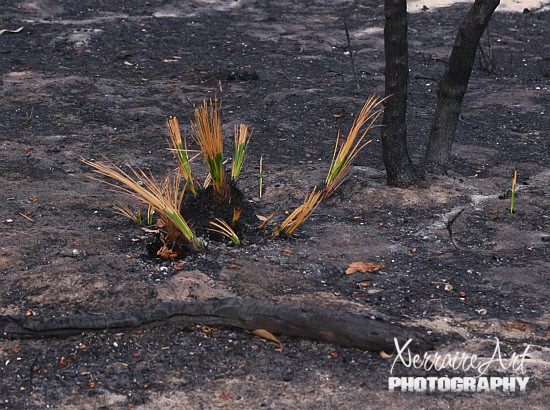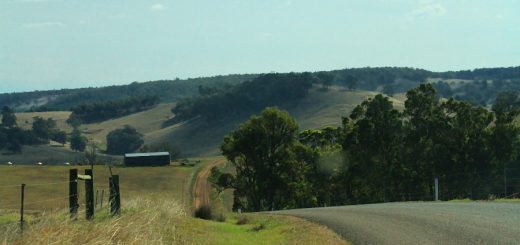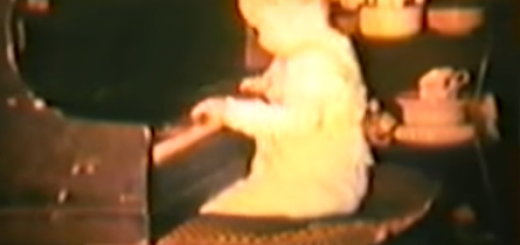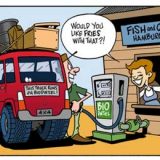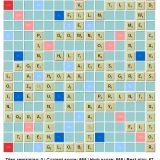After the Bush Fire
Much to John’s surprise and apparently unprecedented in Koondoola Bush, it has remained closed for a long time after the fire.
So we decided to look outside and see what damaged was done.
It’s kind of hard to say damage when for example, the Banksias seem to respond well to bush fires.
Banksia plants are naturally adapted to the presence of regular bushfires in the Australian landscape. About half of Banksia species are killed by bushfire, but these regenerate quickly from seed, as fire also stimulates the opening of seed-bearing follicles and the germination of seed in the ground. The remaining species usually survive bushfire, either because they have very thick bark that protects the trunk from fire, or because they have lignotubers from which they can resprout after fire. In Western Australia, banksias of the first group are known as ‘seeders’ and the second group as ‘sprouters’.
Infrequent bushfires at expected intervals pose no threat, and are in fact beneficial for regeneration of banksia populations
In fact, John said the most damage from bush fires is mostly the firemen’s trucks driving through the bush, more than the fire itself.

